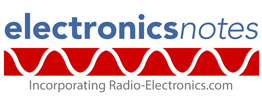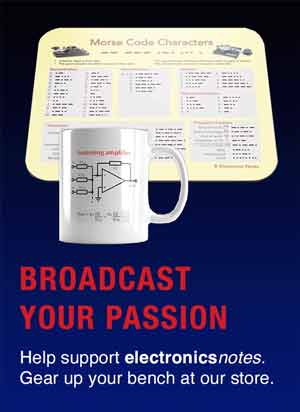Home » Component data » GaN FET data » this page
GAN111-650WSB GaN FET Data
Data for the GAN111-650WSB GaN FET including electrical parameters, maximum current and voltage, pin connections, package type and many other datasheet details.
The GAN111-650WSB from Nexperia is a 650 V, 97 mΩ Gallium Nitride FET that is packaged within a TO-247 package.
This GaN FET is a normally-off device that combines Nexperia’s latest high-voltage GaN HEMT H2 technology and low-voltage silicon MOSFET technologies.
Key details and performance parameters for the GAN111-650WSBQ GaN FET.
| GAN111-650WSB GaN FET datasheet parameters & data |
|
|---|---|
| Parameters | Details |
| Brief description | 650 V, 97 mOhm Gallium Nitride (GaN) FET |
| Package type | TO247 |
| Operational mode | Enhancement |
| Channel type | N channel |
| Drain to Source voltage VDS | 650V |
| Transient drain to Source voltage VTDS | 725V |
| Gate to source voltage VGS | -20V to +20V |
| Maximum drain current continuous ID | 21A with VGS = 10V at 25°C |
| Gate threshold voltage VGS(th) | |
| Static drain source ON resistance RDS(ON) | 79mΩ typ, 114mΩ max at VGS = 10V, ID = 14A and 25°C |
| Input capacitance | 336pF |
| Output capacitance | 49pF |
| Reverse transfer capacitance capacitance | 0.3pF |
| TJ °C | 175 |
| PTOT mW | 107W at 25°C |
Outlines & pinout:
Explanation of GaN FET parameters
| Parameter | Explanation |
|---|---|
| Operational mode | This details whether the FET is an enhancement or depletion mode |
| Channel type | The channel of the MOSFET can either be an N-type channel where electrons are the majority carriers or P-type where holes are the majority current carrier. |
| Drain to Source voltage VDSS | This is the maximum voltage that can be sustained between the drain and source |
| Gate to source voltage VGSS | This is the maximum voltage that can be sustained between the drain and the gate. |
| Maximum drain current continuous ID | This is the maximum current that can be carried byt he device. Sometimes there may be a differentiation between the continuous and pulsed or peak values |
| Parameter | Explanation |
|---|---|
| Gate threshold voltage VGS(th) | This is the minimum gate-to-source voltage, VGS required to create a conductive channel between the source and drain terminals |
| Static drain source ON resistance RDS(ON) | This is the resistance of the device when turned on. The test conditions of voltage and current are normally given for this. |
| Drain source ON voltage VDS(ON) | This is the voltage across the device when it is turned on. Again the test conditions are given. |
These are the main GaN parameters that have been included in our list. There are others, but these are the main ones and they help quantify the main elements of the performance.
Please note, that the data given is the best estimate we can give within a tabulated summary of this nature. Parameters also vary between manufacturers. Electronics Notes cannot accept any responsibility for errors, inaccuracies, etc, although we do endevaour to ensure the data is as accurate as possible.
Notes and supplementary information
• Availability & sources
The GAN111-650WSB is available from a number of stockists and electronic component distributors many of which are given in the table below.
GAN111-650WSB Component Distributor, Stock and Pricing
• Further details
It is worth noting that a DC-link resonance damper is recommended in all cases. Optimal performance is achieved using a 30 nF in series with a 3.3Ω resistor.
This is most easily achieved with parallel combination three sections comprising a 10 nF capacitor and a 10Ω resistor.
This resonance damper lowers the Q factor of any resonance in the bus. That resonance will act as a load on the high gain amplifier that is the GaN FET and can lead to instability.
For very high current, an RC snubber is recommended for the switching node. This will increase switching loss, so this is only recommended at high power levels where the losses are a very small percentage of the total power.
 Written by Ian Poole .
Written by Ian Poole .
Experienced electronics engineer and author.
Return to Component Data menu . . .




